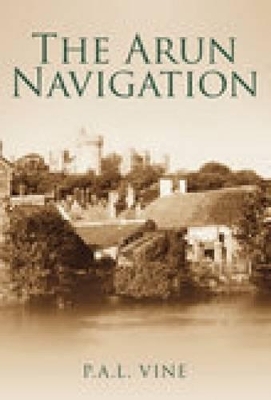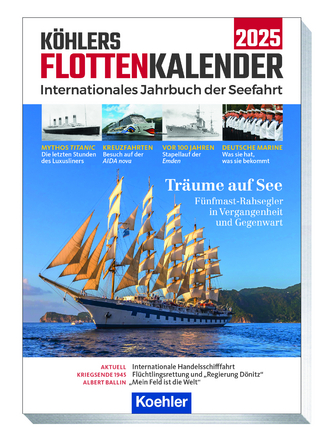
The Arun Navigation
Seiten
2007
The History Press Ltd (Verlag)
978-0-7524-4323-2 (ISBN)
The History Press Ltd (Verlag)
978-0-7524-4323-2 (ISBN)
- Titel z.Zt. nicht lieferbar
- Portofrei ab CHF 40
- Auch auf Rechnung
- Artikel merken
A history of Arun navigation
The river Arun rises near Horsham and flows 37 miles to the English Channel at Littlehampton. For many centuries the waterways assumed an important role as one of the main arteries of commerce in Sussex. In use since the time of the Norman Conquest, its navigation was improved by successive landowners during the sixteenth and seventeenth centuries. After the development of Littlehampton Harbour, an Act of Parliament in 1785 enabled the river to be improved to Pallingham, for a canal to be built up to Newbridge and for another canal to cut off the wide sweep of the river by Pulborough. In this last section is to be found the only tunnel to be built in Great Britain which links two parts of a river navigation. Eventually the opening of the Wey & Arun Junction Canal in 1816 allowed barges from the Arun to reach the Thames and the national waterways network, After this link was broken thirty-five years later, the river Arun continued to be used for local traffic until the 1920s. Nowadays tidal waters are confined to pleasure boating. This updated and revised edition covers changes to the navigation over recent years, includes a selection of new illustrations and form a sequel to 'The Wey & Arun Junction Canal'. The Arun Navigation is certain to appeal to those with an interest in waterways, the Sussex countryside and Britain's industrial heritage.
The river Arun rises near Horsham and flows 37 miles to the English Channel at Littlehampton. For many centuries the waterways assumed an important role as one of the main arteries of commerce in Sussex. In use since the time of the Norman Conquest, its navigation was improved by successive landowners during the sixteenth and seventeenth centuries. After the development of Littlehampton Harbour, an Act of Parliament in 1785 enabled the river to be improved to Pallingham, for a canal to be built up to Newbridge and for another canal to cut off the wide sweep of the river by Pulborough. In this last section is to be found the only tunnel to be built in Great Britain which links two parts of a river navigation. Eventually the opening of the Wey & Arun Junction Canal in 1816 allowed barges from the Arun to reach the Thames and the national waterways network, After this link was broken thirty-five years later, the river Arun continued to be used for local traffic until the 1920s. Nowadays tidal waters are confined to pleasure boating. This updated and revised edition covers changes to the navigation over recent years, includes a selection of new illustrations and form a sequel to 'The Wey & Arun Junction Canal'. The Arun Navigation is certain to appeal to those with an interest in waterways, the Sussex countryside and Britain's industrial heritage.
P. A. L. Vine is the leading authority on the historic importance of the waterways of south-east England and is the author of London's Lost Route to the Sea. He lives in Sussex.
| Erscheint lt. Verlag | 1.11.2007 |
|---|---|
| Verlagsort | Stroud |
| Sprache | englisch |
| Maße | 165 x 235 mm |
| Gewicht | 300 g |
| Themenwelt | Natur / Technik ► Fahrzeuge / Flugzeuge / Schiffe ► Schiffe |
| ISBN-10 | 0-7524-4323-2 / 0752443232 |
| ISBN-13 | 978-0-7524-4323-2 / 9780752443232 |
| Zustand | Neuware |
| Haben Sie eine Frage zum Produkt? |
Mehr entdecken
aus dem Bereich
aus dem Bereich
internationales Jahrbuch der Seefahrt
Buch | Softcover (2024)
Koehler in Maximilian Verlag GmbH & Co. KG
CHF 35,90


